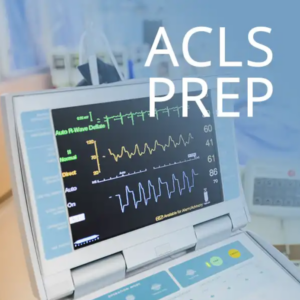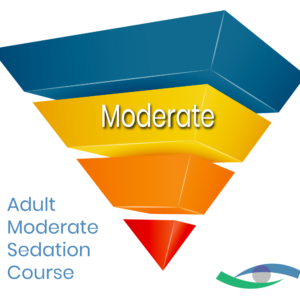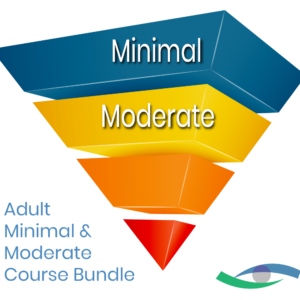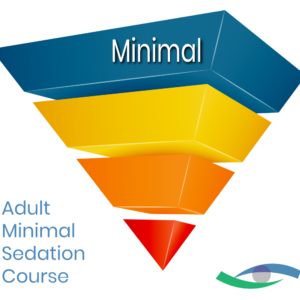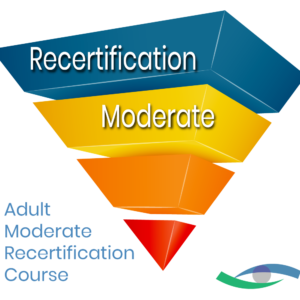A Patient’s Guide to Understanding Sedation Levels
If you’re preparing for a medical or dental procedure, your provider may offer sedation as an option to reduce anxiety, ease discomfort, and improve the overall experience. Sedation is a common practice with a proven safety record when administered correctly. Check out this patient sedation guide to learn about the levels of sedation, their uses, and how choosing a certified practitioner ensures your safety.
Anesthesia Numbs the Pain
Patients sometimes use sedation and anesthesia interchangeably, but they serve distinct purposes. Anesthesia blocks pain signals in specific areas of the body, while sedation affects your awareness and memory. Only general anesthesia leads to complete unconsciousness—but that’s a separate category we’ll cover later. Here are the two most common types of anesthesia and how they differ.
Local Anesthesia
Local anesthesia is typically administered by injection or applied to the skin as a cream or spray. It’s often used for minor procedures like mole removal, dental fillings, or stitches. You’ll remain fully awake and alert during the procedure but won’t feel pain in the numbed area.
Regional Anesthesia
Regional anesthesia affects a larger portion of the body. Spinal blocks, epidurals, and peripheral nerve blocks are examples, all of which are administered via an injection. You stay conscious, but the entire region being treated goes numb. This method is often used for limb surgeries or during childbirth.
These types of anesthesia are not forms of sedation but are often used in combination with it to ease anxiety.
Sedation Levels Explained
Procedural sedation is used to decrease awareness, induce relaxation, and cause drowsiness during a medical procedure. This calming technique is commonly used outside traditional operating rooms—such as in dental offices, outpatient clinics, endoscopy centers, and dermatology practices. The level of sedation you receive depends on the procedure, your health, and how much relaxation is needed.
Minimal Sedation
Minimal sedation helps you feel calm and less anxious. It’s often administered through oral medication or inhaled gases, such as nitrous oxide (laughing gas). You’ll be relaxed but fully aware of your surroundings, able to answer questions and follow instructions. This is commonly used during dental work or minor dermatologic procedures.
Moderate Sedation
Moderate or conscious sedation makes you drowsy and relaxed during the procedure but still responsive to verbal cues or light physical stimulation. You might not remember much afterward, even though you were never fully asleep. This level of sedation is widely used during colonoscopies, minor cosmetic treatments, or joint injections. The main benefits of conscious sedation are that it balances comfort and safety and allows you to recover relatively quickly.
Deep Sedation
Deep sedation brings you to the edge of unconsciousness. You may not respond unless the provider uses strong or repeated stimulation, and you won’t remember the procedure. Deep sedation is usually reserved for more invasive or prolonged procedures, such as wisdom tooth extraction, burn care, or in-depth plastic surgery. Your ability to breathe on your own could be affected, so providers must be ready to jump in if needed.
It’s important to understand that sedation is a continuum. You may start at one level and unintentionally drift deeper, especially if the sedation interacts with medications or substances in your system. This is why staff must be trained not just for the intended level but for the next deeper level as well.
General Anesthesia Goes Beyond Sedation
General anesthesia is a medically induced state of unconsciousness, rendering you completely unresponsive and unable to breathe without assistance. General anesthesia is typically not used in outpatient or clinic-based settings. Instead, it’s reserved for major hospital procedures that require total stillness and complete insensitivity to pain, such as organ operations or full-body interventions. Recovery time is longer, and the risks are higher, making it the most intensive option for procedural care.
Why Sedation Is Safe—and How Training Makes It Safer
You might wonder how non-hospital-based clinics can safely administer sedation without the presence of specialists who work only with sedation drugs. The answer lies in standardized education, emergency preparedness, and continuous monitoring.
Procedural sedation follows strict safety guidelines, including:
- Pre-procedure screening: Before sedation, you’ll be asked about your medical history, including medications, allergies, and prior reactions to sedation or anesthesia. This ensures the provider uses the correct type and dose.
- Vital sign monitoring: During the procedure, your heart rate, blood pressure, breathing, and oxygen levels are monitored continuously.
- Trained personnel: Sedation providers are certified and trained to recognize complications and intervene quickly.
Why Certification Matters
Training and certification are among the most important factors in safe sedation for medical procedures. Certification verifies that the healthcare provider administering sedation understands how to monitor you effectively and respond if something changes.
Minimal sedation training ensures providers can manage emergencies like loss of breathing or fainting. The training for moderate sedation is more advanced and includes several airway management techniques, which are critical in situations where a patient unintentionally slips into deep sedation and loses the ability to breathe properly.
A common misunderstanding is that all licensed healthcare providers know how to manage sedation safely. In reality, most nursing and medical school programs do not separately teach minimal, moderate, or deep sedation management. The education gap is real—and potentially risky.
NSC Closes the Education Gap
Now you understand minimal vs. moderate sedation, so you know what to expect going into a procedure. More importantly, you understand the importance of working with trained, certified providers who are ready to respond to complications.
The National Sedation Center (NSC) was created to meet the growing demand for evidence-based training in safe sedation for non-hospital providers. Before our program existed, there was no standardized certification framework to ensure competency in outpatient procedural sedation. Our courses fill that gap. To learn more about our programs or for help finding a certified provider in the National Registry, please contact us today.


